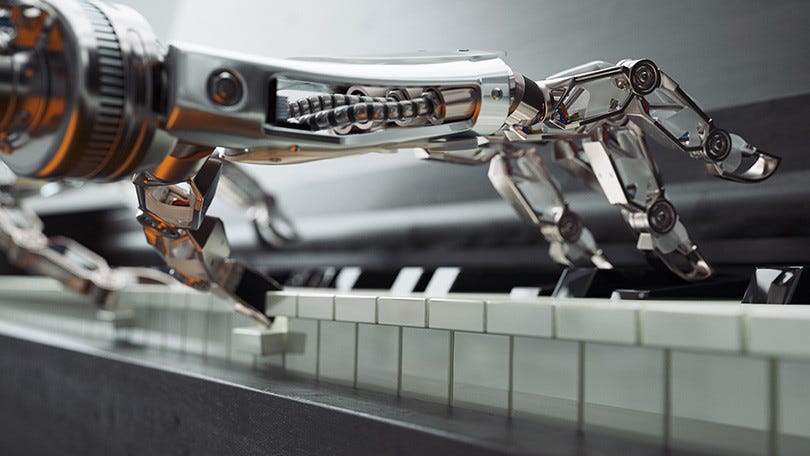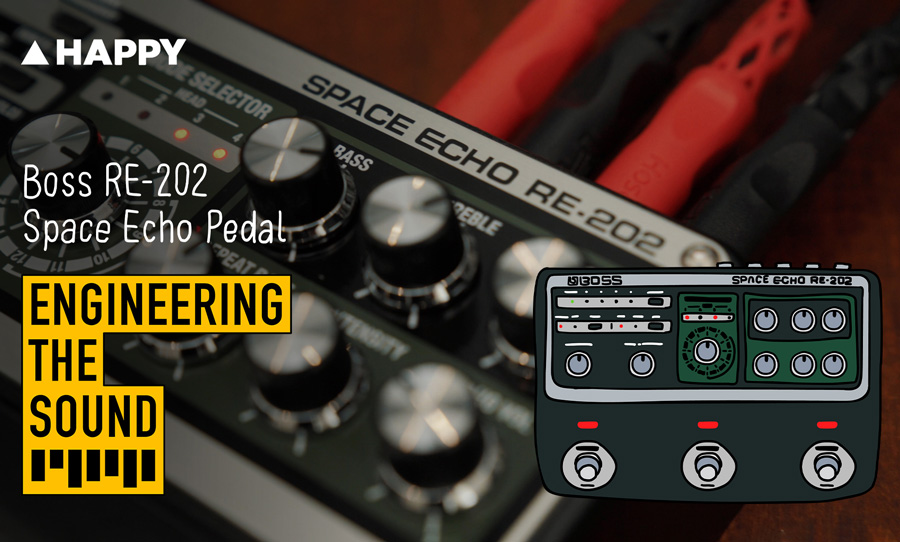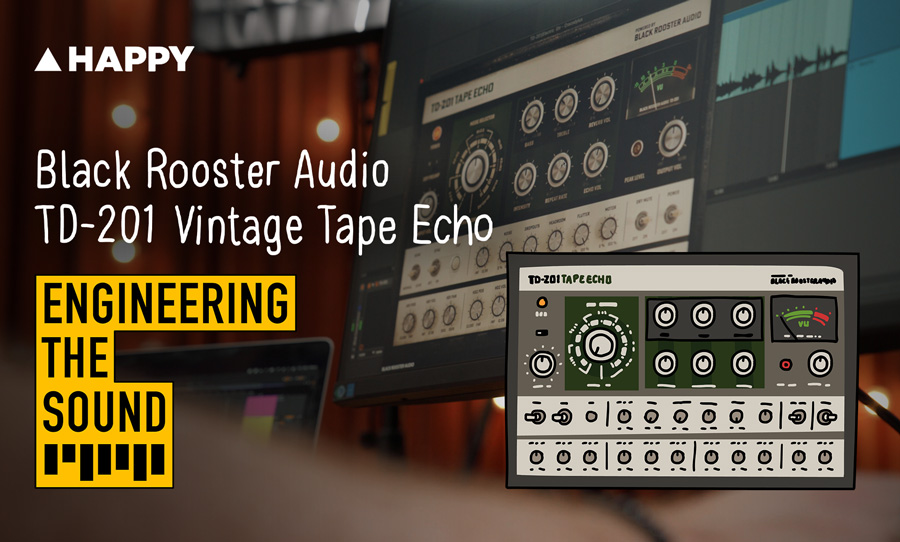For anyone chasing vintage Japanese guitar pedals in Australia, Mojo Stompboxes is a goldmine. Packed with coveted rarities from BOSS and Maxon, lesser-known oddities from brands like Guyatone and Tokai, and ultra-rare classics from Roland and Univox, the online store is a go-to for anything built in the Japan between the 60s and 80s.
We caught up with Tim Green, the man behind Mojo Stompboxes, at his Sydney pop-up to discuss the propagation of myths in the gear world, one-of-a-kind BOSS prototypes and why Japan is where it’s at for vintage pedals.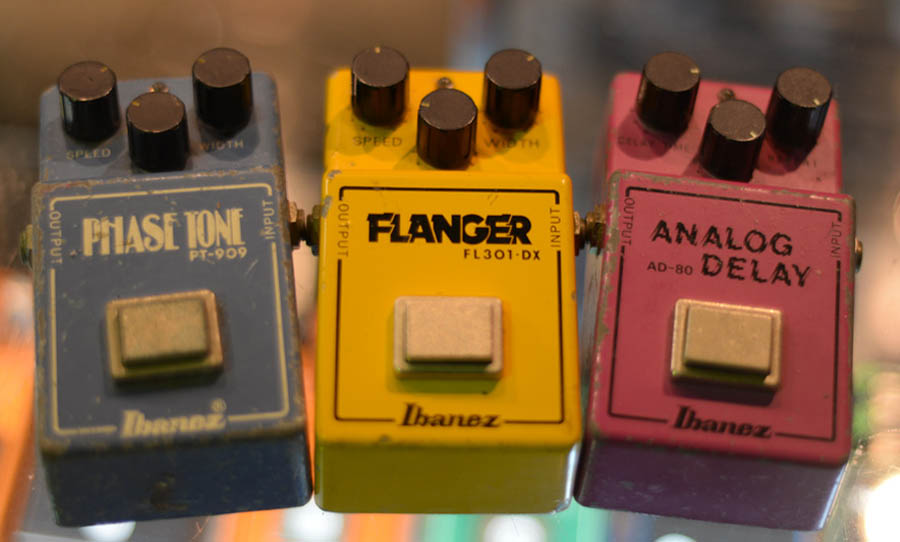
We caught up with the man behind Mojo Stompboxes to discuss the propagation of myths in the gear world, one-of-a-kind BOSS prototypes and why Japan is where it’s at for vintage pedals.
ENMORE AUDIO: Tell us a little about how Mojo got started?
TIM: So basically I started working with pedals as Toyroom Effects – I started doing that straight out of high school, a couple of years ago now. Mostly building, a bit of modding, basically making it up as I went along. Then it started getting a bit more serious, coming up with my own designs.
Eventually I moved on – I still enjoyed doing Toyroom, but it just wasn’t… ask anyone that does it, it’s not the money-maker that you might think it is. Well, not that you think it is, because you’d never expect to make tonnes of money from it, but it’s hard. Hard to make people believe in your product. So I decided to, you know, piggyback off the history of pedals and deal in something I was already passionate about. I started just buying and selling a little bit here and there about three years ago, then realised I had a pretty good eye for it and had a lot of stuff that people wanted.
ENMORE AUDIO: How were you sourcing stuff in the early days?
TIM: Well I started out just seeing what people were chasing online… I grew up in that era of forums being the place to go for information; UltimateGuitars, The Gear Page, that sort of thing, which were the go-to places to get info on gear. I was just following what people were looking for there, what others were buying and also what I found interesting, which is more what I’m doing now.
Yeah, I’ll deal a lot of what people want, but then there’s the things that I like or that I want that not many people might know much about – stuff like Guyatone and Tokai pedals that people aren’t as aware of, but they should be. Once you weave through all the crap that’s there, there are some really, really good Japanese pedals.
ENMORE AUDIO: Well that’s the thing with forums – people are told what is good in those places and then people start to talk.
TIM: Man, if you Google one abstract pedal, the number one page that is going to come up will always be a forum – someone will have just made a post about it four, five, six, seven years ago asking for advice saying “I just bought this on Craigslist for 20 bucks, is it anyone good?” And that page ends up being the number one resource for a lot of people. I am trying to set out to change that. Not become the sole source of that information, but kind of put it all together.
ENMORE AUDIO: How are you looking to do that?
TIM: I blog here and there. I’ve set up what is called my archive, which is a collation of all the pedals I own and those things that I’ll never sell, and just the knowledge that I’ve acquired over the years. So at the moment, my BOSS archive is up, which is basically on every pedal that they don’t make anymore – tonnes of information on the ones that they do make too, but basically any pedal that they don’t make anymore I have some technical specs, but also mainly the history on them, some fun facts about them…
ENMORE AUDIO: Is this all stuff you’ve owned and played personally?
TIM: Yeah mostly. All the photos I’ve got online are ones I’ve taken and of stuff that I’ve owned, so it’s all been put together with first-hand information. And some of the oddities and the weird information that is in there will have come from something that I’ve owned – not, you know, someone who’s read someone’s blog based on information from someone they’ve spoken to. It’s all first-hand.
ENMORE AUDIO: That can be such a big problem for the way information about gear is processed online – a lot of it is hearsay.
TIM: The number one thing that I’ve noticed is about the BOSS CE-3, their stereo chorus… if you Google BOSS CE-3 review or info on BOSS CE-3, the first thing that will come up will be a forum page or a blog post with somebody saying that it’s not very good. And so, the amount of people that I’ve had contact me saying “are they any good, cos I’ve heard that they’re not?”, I know for a fact that’s where they’ve got that opinion from.
ENMORE AUDIO: It’s basically just a stereo CE-2, right?
TIM: There’s a slightly different chipset. Some of the CE-2s use the same one. But besides that and the stereo outputs and a weird layout, it’s the same pedal. But someone out there at some stage has said that it’s not a good pedal on a forum – which is fine because that’s their opinion – and Google has decided that forum is the most important resource on that pedal. People say it’s ‘metallic’ or ‘a bit chimey’ or not as ‘organic sounding’ as the CE-2, and so that’s what I have people asking me.
ENMORE AUDIO: Why do you think people are so wary of just buying something and trying it out?
TIM: That’s just the age now. If you go out for dinner, you’re not going to just go anywhere, you’re going to look at six different places online, then you’re going to go to place that has the best review. If somewhere has a one-star review because someone had a bad experience there, you’re not going to go there. It’s the same with gear. You’re not going to get the pedal that someone says is ‘metallic’ or ‘hissy’ or whatever.
ENMORE AUDIO: How do you perceive that correlation between that internet chatter and the way prices for vintage pedals are driven?
TIM: Well, I use the CE-2 and CE-3 as the prime example, because there’s about a 100 dollar price difference between the two, give or take, even when BOSS engineers have been quoted saying, “Yep, they’re basically the same, except the CE-3 has a better design.” Then why, 15-20 years down the track is it 100 cheaper to get the better one?
Same with the CE-2 even. People get the Japanese one because it’s ‘rarer’. The Taiwanese one was only made in Taiwan for something like a year or so – they’re incredibly rare. But there’s stuff out there saying the Japanese ones are rarer, or it sounds better. So often it boils down to a few things that people have said and that opinion becomes the gospel on that product. And usually the prices reflect that.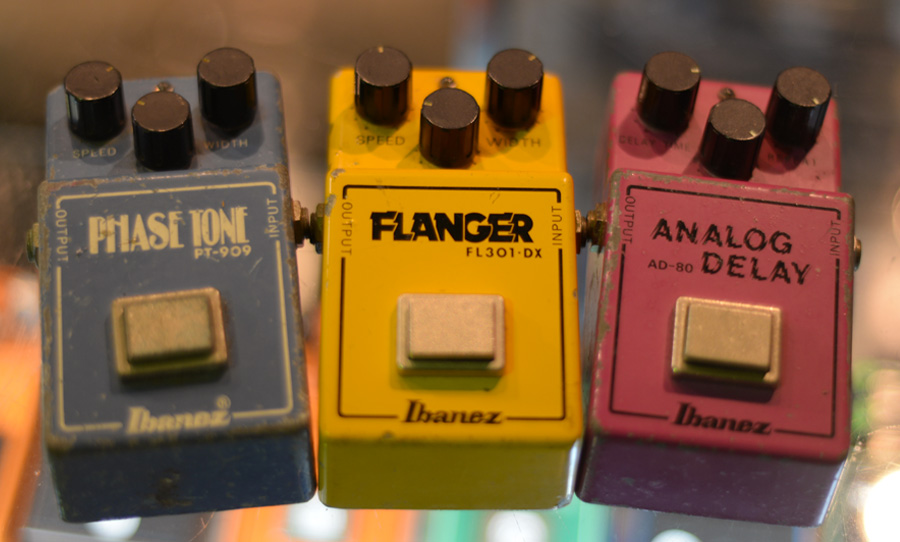
ENMORE AUDIO: Where do you source your Guyatone and Tokai pedals from – I can’t imagine much of that gear was sold in Australia in the 80s?
TIM: Guyatone pedals were sold mostly out of Japan and a little bit worldwide. So usually I get them direct from Japan and a few from Australia – I have a bunch of different sources everywhere. The Maxon pedals I get all from Japan as they were made for Japanese market. They built about 40 or so pedals that were Japanese-only releases.
People often ask me why I don’t have any, say, Electro Harmonix pedals. They’re just so much harder to find. It’s an American-made brand generally, a bit of Russian here and there, and both those countries aren’t anywhere near here. So to source that sort of stuff and pass on at a decent rate – it’s much harder. Whereas the Japanese market, I can easily coordinate to get my hands on some really decent stuff.
And more than anything, I’m not that passionate about Electro Harmonix pedals, or about Maestro and that sort of stuff. I really like Japanese gear, and I’d rather sell people and have myself immersed in things that I like than get things purely because they’ll sell. I’d rather introduce people to something new that they’d buy, not because of the hype but because it’s interesting.
ENMORE AUDIO: Have you seen much more interest in Japanese pedals lately?
TIM: Yeah, interested in Japanese guitars has kind of spurred that on, so the interest in Japanese pedals nowadays is much higher than it was. I guess the success of BOSS is more or less a catalyst too. Many of the sought-after BOSS pedals are made in Japan, and that’s how the trends tend to emerge.
You read so much about Fender Japan and Japanese brands from the 70s and 80s and Fujigen and all that, and people saying that gear in that era is amazing. And that drives people to try and find the next thing that was made in Japan in the 70s or 80s that is good…you end up with BOSS, early Maxon, Guyatone, Aria. All those brands were amazing. Pearl, the drum company, were making pedals in Japan because that’s where cheap labour was back then. Turns out that’s where the best labour was too.
ENMORE AUDIO: What are some of your favourite pieces of gear that you’ve owned?
TIM: Some of the stuff in my BOSS archive is notoriously ‘cool’ – and I’ve got a few BOSS prototype pedals too. I talk quite regularly with two guys, one from BOSS UK and one from BOSS Australia, I ask them questions on internal affairs and they’ll ask me if I’ve got some of the older stuff.
One of them recently said that he’s got a few things that he needs to destroy, because they’re prototypes. And that makes the fact that I have one of these prototypes or something that came straight out of the factory… so basically, I’ve got a PH-1 that’s got what BOSS seems to think is an employee’s name where the serial number should be, so there’s no serial number just someone’s hand-written name. They seem to think it’s an employee who made it for an employee or family member or something like that. So that was really cool. And I bought that just as a PH-1 and I opened it up to document the serial number and it was there.
I’ve got a DS-1 that’s got an invitation to a party in 2008 that BOSS put on in Texas to celebrate ten million compact pedals and it’s got a little plaque on the side. So yeah, I’ve got quite a few BOSS oddities that are pedals, then I’ve got stuff like keychains, towels…basically every piece of BOSS merch you can find. Stress balls, clocks, watches. I’ll basically buy anything that has BOSS connotations.
Actually a lot of my favourite stuff isn’t something you can play, it’s the merch. Anyone can go out and find the rarest BOSS pedals but you’ll never find the full set of watches they released for one campaign where they gave them away as a prize…
Check out the Mojo Stompboxes website and Reverb store.
While you’re here, check out our guide to assembling the ultimate pedalboard:
